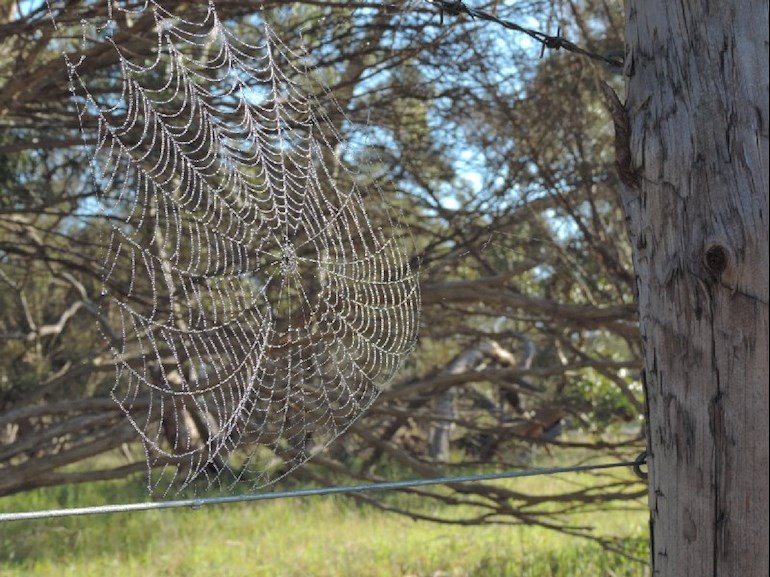While thankfully, CLL specialists are now recommending significantly less use of CT scans for monitoring CLL than has historically been the case, those of us in clinical trials can have little to no choice in the number of scans required. For those that are concerned about the increased risk of cancer from CT scan radiation, this article by John Mathews, Honorary Professorial Fellow, University of Melbourne, may provide some reassurance:
'In a recent study of almost 11 million young Australians, we showed that those exposed to a CT scan before the age of 20 had a small increase in cancer risk in the years after exposure, with one additional cancer for every 1,400 to 2,000 CT scans.
So this means one CT scan would increase the possibility of a later cancer, but only by a very small amount - the absolute risk of an “extra” cancer for an exposed person is presently about one in 1,400 to one in 2,000. And it would not be possible to say, in a person who does get a cancer in the years after a CT scan, whether it was due to the CT or whether it would have occurred anyway.
:
For adults and older patients, CT scans are used more frequently than for children, and cancer rates increase with age, even without radiation. This suggests that for older individuals the benefit to risk ratio for CT scans is better than for children.
Nevertheless, because of the relatively high usage rates of CT scans in Australia, there is scope to reduce the numbers of unnecessary scans for adults as well as children. Accordingly, adult patients should also query whether each and every suggested CT scan is justified by the relevant clinical guidelines.'
Full article:
theconversation.com/weighin...
BMJ Paper:
Cancer risk in 680 000 people exposed to computed tomography scans in childhood or adolescence: data linkage study of 11 million Australians bmj.com/content/346/bmj.f23...
Related articles
CT Scan series
healthunlocked.com/cllsuppo...
From bombs to bananas: A dose of radiation reality
healthunlocked.com/cllsuppo...
Neil
